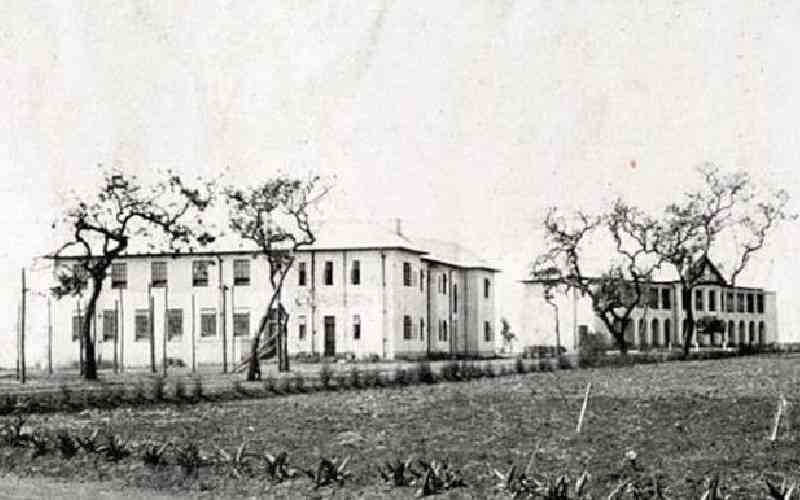×
The Standard e-Paper
Join Thousands Daily

The proposal by the government to reconsider the funding of universities and students has sparked a national discourse that invites a peek into how successive administrations have funded education in Kenya for 177 years.
From the time the first school was set up by the Church Missionaries Society in Rabal to cater to freed slaves, education for the masses has been mainly in the hands of the church and the private sector.